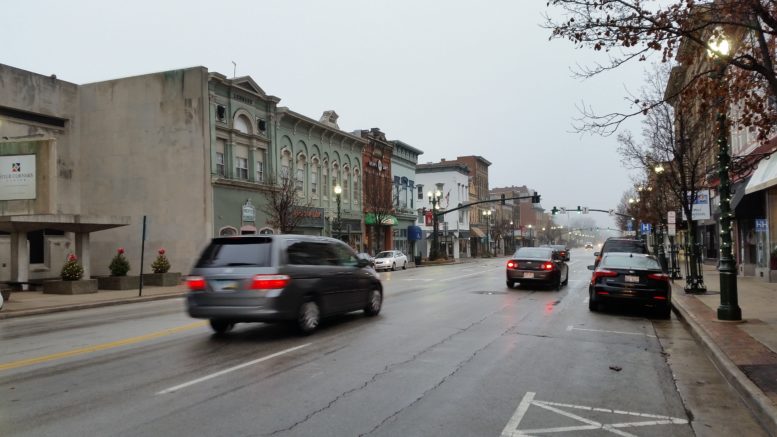By JAN LARSON McLAUGHLIN
BG Independent News
For 31 years, Bowling Green has been helping businesses in a pinch for financing.
The Revolving Loan Fund recently surpassed the $5 million mark in total loans made since the fund’s inception in 1987.
The fund was established as a means of offering “gap finance assistance” for those businesses desiring to start up or expand. In exchange for the loan, the businesses must not only pay back the funding, but they must also create employment for people at lower income levels within Bowling Green’s corporation limits.
“It’s very helpful to a lot of businesses,” said Sue Clark, director of Bowling Green Economic Development.
Traditional bank loans aren’t always fast enough for the needs of local businesses.
“We’re the place people can come to get working capital,” Clark said. “We’re much faster.”
“And we’re willing to take a second position,” behind existing debt – which many banks will not do, she said.
In the fund’s first year, three loans were issued totaling $44,481.
Within the fund’s first decade, loans were issued to several businesses still operating today, like Aardvark Screen Printing & Embroidery, Pagliai’s Pizza, SamB’s and the Bowling Green Country Club Pro Shop.
Since its inception, the fund has provided a total of $5,047,314 in loans to 168 local businesses.
“We just happened to see there was a need,” Clark said.
“There are times that we get more demands than we have money for,” she said. Those applicants are then asked to wait for the next round of funding.
And some requests for funding are rejected.
“We don’t turn a lot away,” Clark said. “But if I see right away that they have no experience and no collateral,” then they may not make the cut.
The revolving loan fund five-member board is sensitive to the fact that it is using taxpayer money and makes conservative decisions.
“We are very cautious. They really are diligent – that this person will pay us back,” Clark said.
During the most recent Community Development Block Grant funding year, a total of $349,000 in loans was made to 11 local businesses. Over the years, the lowest loan amount has been $5,000; with $150,000 being the highest to date.
Some of the more recent loans have been granted for the Sleek Academy, J.P. Dough, Dairy Queen and Ziggy’s.
Some loans help businesses expand, fix broken machinery, or hire someone to start delivery services at an existing business.
“It’s a Godsend for some,” Clark said.
Some manufacturers also benefit, she said, listing Centaur Tool & Die as a past loan recipient.
In most instances, at least one job must be created and offered to a person at a lower income level for every $50,000 loaned. HUD, however, has authorized the city to issue a few micro loans annually within the Special Improvement District that are based on lower-income residency saturation within that area.
Most RLF loans are made for a fixed term of three to five years with an interest rate that is two-thirds of the prime lending rate on the closing date. Micro-loans, though, are generally issued for a three-year period at prime. Businesses may utilize the funding for inventory and equipment purchase as well as working capital, but not for construction or property purchases.
Bowling Green Municipal Administrator Lori Tretter referred to the revolving loan fund as “gap finance assistance.”
“We are excited to reach that milestone,” Tretter said at Monday’s City Council meeting.

